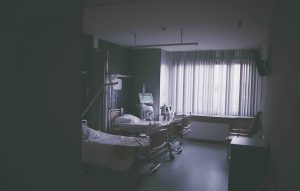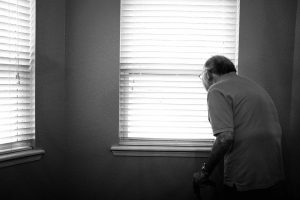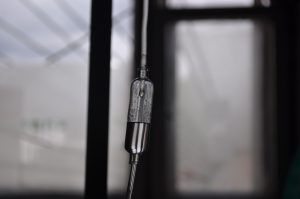When families in Los Angeles County or elsewhere in Southern California are seeking information about nursing homes and skilled nursing facilities in the state, they often turn to the CMS star rating system and to publicly available information about safety violations. Yet according to a recent report in The New York Times, some of the worst offenses at nursing homes across the country might not be reported to the public. Why are serious nursing home abuse and neglect injuries hidden? The report suggests that a “secretive appeals process” prevents the public from getting the full picture. Our Los Angeles County nursing home abuse attorneys can tell you more.
Serious Injuries are Not Factored Into the Star Rating System
The Centers for Medicare and Medicaid Services (CMS) publishes information about nursing homes through its star rating system, which is supposed to provide the public with information about recent safety violations at nursing homes and harms suffered by elderly residents. Yet the recent report, which stems from a New York Times investigation, indicates that “at least 2,700 . . . dangerous incidents were not factored into the rating system.”
 Southern California Nursing Home Abuse Lawyer Blog
Southern California Nursing Home Abuse Lawyer Blog














